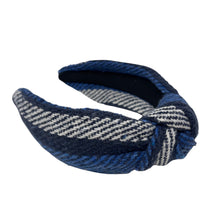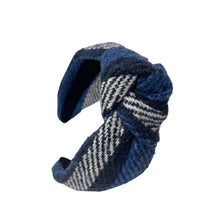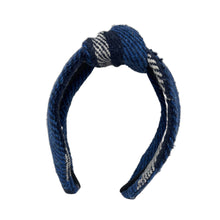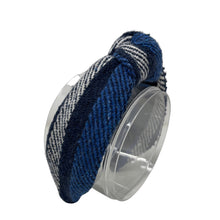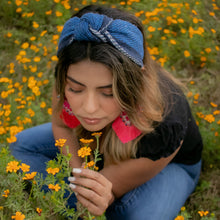Jerga top knot headband
- Regular price
- $23.00
- Sale price
- $23.00
- Regular price
-
- Unit price
- /per
Our headbands are perfect accessories for any occasion, season, and outfit. This is our hand embroidered design it’s vibrant and colorful and true piece of art and you'll look stunning!
- One size fits all
- Comfortable and flexible band
- Made by hand by women in Mexico
Creation Time
- creating time: 4 days
- Artisans Involved in the Process: 2
We have taken the Jerga and have given it more purpose than It used too have.
Small imperfections in the fabric are normal , they resemble the old hand waving techniques .
Jerga is part of the Rio Grande weaving tradition that goes back to Spanish Colonial times is called jerga. Historically, jerga was woven as a utilitarian fabric, used as a tarp, or carrier, or for wrapping things up. It was strictly a wool textile. Someone with wealth might demonstrate that by putting jerga down as a floor covering. It was woven in long strips and cut and seamed to make a piece of fabric of the desired size. And many of the jergas that survived to the present are very large. The Spanish Colonial jergas were woven on simple four harness looms made of raw lumber.
Two Rio Grande looms, a four harness loom on the left and a two harness loom on the right.
The Spanish Colonial jerga was woven on four-harness looms using a straight twill, or, less commonly, as a diamond twill. Moving into more modern times, the jerga slowly evolved into a uniquely Mexican variety of rag rugs.
Diamond twill jerga detail
Straight twill jerga detail
Originally, jergas were probably pretty colorless, but many of the examples that survive have quite lively colors.
Three panel jerga with undyed yarns.
Moving into more modern times, the jerga slowly evolved into a uniquely Mexican variety of rag.
During the twentieth century jerga became something very different than what it had been in Spanish Colonial times. It became a two harness, weft-faced rag. The rags were cut up to make the weft, and, at least in our little part of the tradition, was spun on a malacate (spindle) to make it strong. And, as a weft-faced weave, it would protect the warp, the structural part of the fabric. I'm not aware of other rag traditions that spin the rags, or make a weft-faced rag rug, although it is likely to be done elsewhere too.
All Sales are Final
*Due to COVID, our artisan and suppliers have experienced an increase in material cost due to supply shortages-raising the price of our production and textile headbands*
ALL SALES ARE FINAL
Adding product to your cart






